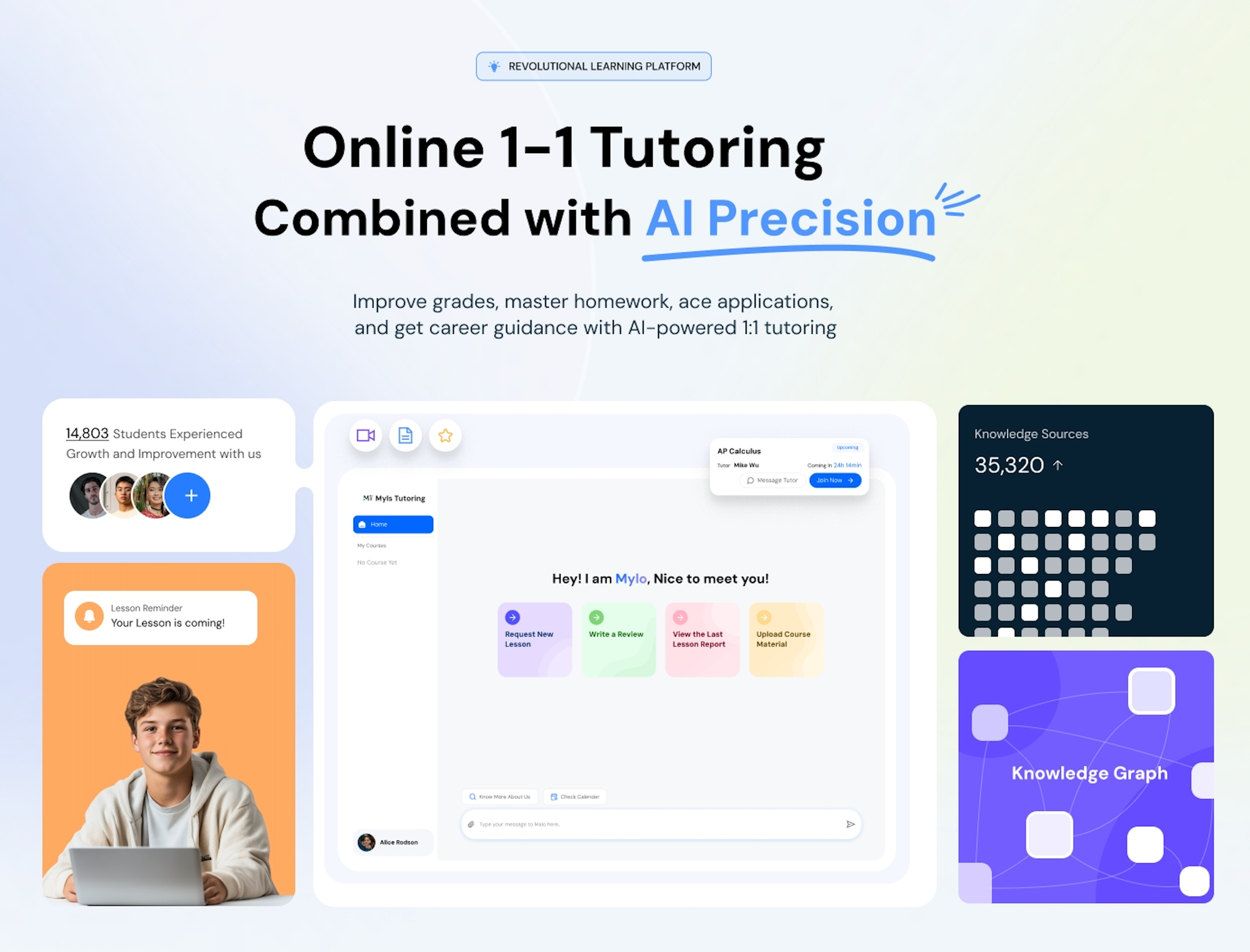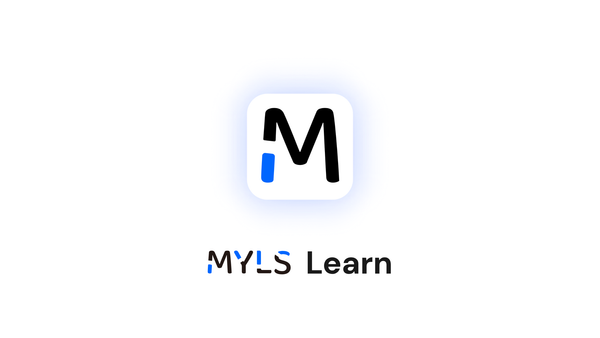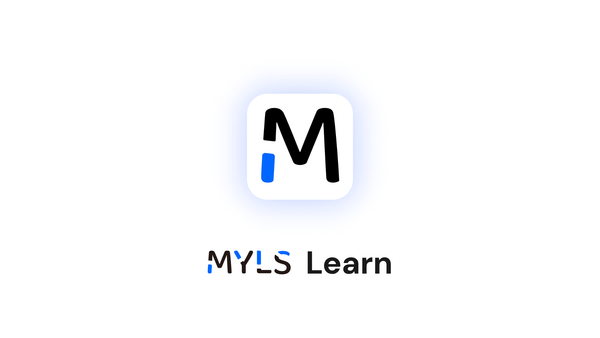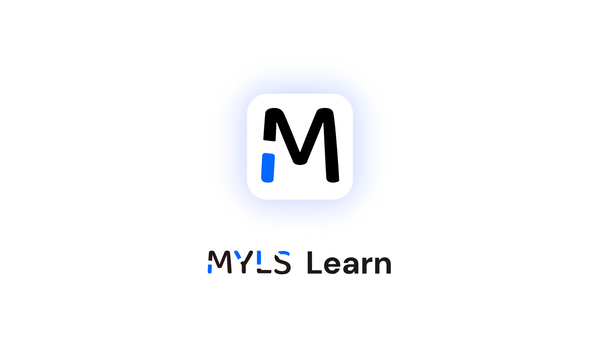How to Boost Reading Comprehension in Middle and High School
Middle and high school students often face challenges with reading comprehension. This blog explores proven strategies—including active reading, vocabulary building, and targeted tutoring—that help students read with confidence and clarity.

Reading comprehension is one of the most important academic skills students need to succeed—not just in English class, but across every subject. In middle and high school, the demands increase: texts become more complex, vocabulary grows more advanced, and students are expected to interpret, analyze, and evaluate information critically.
Yet many students struggle to make that leap from decoding words to understanding meaning. The good news? With the right strategies and support, reading comprehension is a skill that can be improved. Whether you’re a parent, educator, or student, here’s what the research says about boosting comprehension—and how platforms like Myls Tutoring put those strategies into action.
Why Reading Comprehension Matters
According to the National Assessment of Educational Progress (NAEP), reading scores for middle and high school students have remained flat or declined slightly over the past decade. This is concerning because poor comprehension impacts students far beyond English class. In science, history, and even math, success often depends on a student’s ability to understand complex texts and follow written instructions .
Strong comprehension is also tied to academic confidence. When students can’t follow along with assigned readings, they fall behind, feel discouraged, and are less likely to participate. Building this skill is essential not only for test scores—but for lifelong learning.
1. Teach Students to Read Actively
Active reading isn’t just about highlighting random sentences. It means engaging with the text through questioning, predicting, summarizing, and connecting. According to researchers at the What Works Clearinghouse, strategies like “questioning the author” or “self-monitoring” while reading significantly improve comprehension outcomes .
Encourage students to pause after each paragraph and ask:
- What is the main idea here?
- Why did the author include this?
- How does this connect to what I already know?
These small mental checkpoints help turn passive reading into meaningful analysis.
2. Build Background Knowledge
One of the biggest predictors of reading comprehension is not vocabulary or decoding—it’s how much background knowledge a student has about the topic. When students understand the context, they’re more likely to make inferences, spot key ideas, and retain information .
That’s why reading across subjects is so important. Encourage students to read nonfiction articles, news reports, and historical documents—even outside of class. Teachers and parents can help by exposing students to a broad range of ideas and connecting new texts to familiar ones.
3. Expand Vocabulary—The Right Way
Vocabulary is closely tied to reading comprehension, especially in middle and high school when academic language becomes more technical. But memorizing word lists isn’t enough. Students need to learn how to infer word meanings from context, prefixes/suffixes, and root words.
Programs that integrate vocabulary-building into reading—rather than teaching it in isolation—are more effective, according to the Institute of Education Sciences. Encourage students to keep a vocabulary journal, use flashcards with example sentences, or practice identifying unfamiliar words in context.
4. Practice Summarizing and Paraphrasing
Summarizing forces students to condense key ideas in their own words. This builds both comprehension and retention. Teachers or tutors can model how to write a one-sentence summary of a paragraph or a quick paraphrase of a dense passage. Students should practice this regularly to strengthen their ability to identify the main idea and supporting details.
5. Use Graphic Organizers
Visual aids like Venn diagrams, timelines, and cause-effect charts help students process complex texts. These tools make it easier to break down structure, compare viewpoints, and track argument flow. According to Reading Rockets, students who use organizers while reading score significantly better on comprehension assessments .
6. Read Aloud and Discuss
Reading aloud isn’t just for elementary school. When middle and high school students read aloud—or listen to others do it—they slow down and notice nuances in tone, syntax, and word choice. Pairing reading with discussion also deepens comprehension. Try Socratic seminars, text-based debates, or even casual parent-child book talks.
7. Leverage Tutoring for Targeted Support
Some students need more than classroom time to master comprehension. That’s where one-on-one tutoring can make a difference. Tutors can break down tough passages, explain vocabulary in context, and model close reading strategies tailored to the student’s reading level and learning style.
How Myls Tutoring Supports Reading Comprehension

At Myls Tutoring, we specialize in helping students become stronger readers and thinkers. Our tutors work one-on-one with students to build active reading habits, expand vocabulary, and improve writing through close reading strategies. Here’s how we do it:
✅ Personalized Diagnostic Assessment
We identify comprehension gaps and tailor learning plans to each student’s reading level and subject needs.
✅ Targeted Reading Strategies
Tutors teach active reading, annotation techniques, and how to summarize and respond to texts with depth.
✅ Support Across Subjects
We help students tackle reading in science, history, and English—strengthening comprehension skills across the curriculum.
✅ Practice with Real-World Texts
Our “News and Views” Critical Reading Course uses timely articles and opinion pieces to develop analysis skills.
✅ AI-Powered Progress Tracking
Our tutoring platform helps students see their improvement over time and stay motivated with measurable results.
📘 Ready to boost your reading comprehension?
🎯 Book a free 30-minute trial session today and see how Myls Tutoring helps students become confident, capable readers—one paragraph at a time.
References:
NAEP Report Card: Reading. National Center for Education Statistics. https://www.nationsreportcard.gov/reading
What Works Clearinghouse. “Improving Reading Comprehension in Middle School.” Institute of Education Sciences. https://ies.ed.gov/ncee/wwc/PracticeGuide/14
Willingham, D.T. (2010). “The Usefulness of Brief Instruction in Reading Strategies.” American Educator. https://www.aft.org/ae/spring2010/willingham
Institute of Education Sciences (IES). “Effective Reading Programs.” https://ies.ed.gov/ncee/edlabs/projects/project.asp?projectID=11
Reading Rockets. “Using Graphic Organizers.” https://www.readingrockets.org/strategies/graphic_organizers




